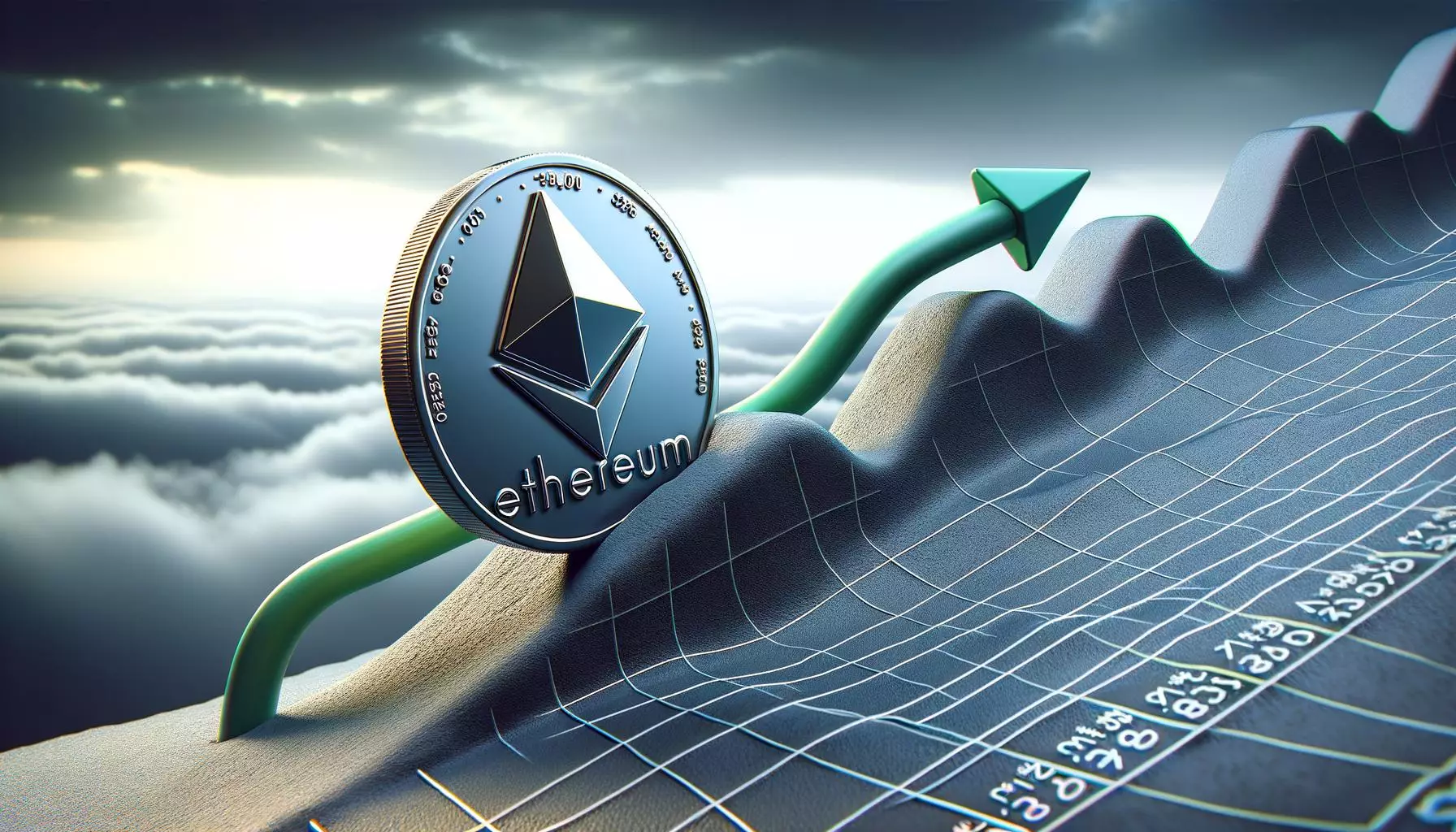In the fast-evolving world of blockchain technology, the tussle between Ethereum and Solana continues to capture the attention of developers, investors, and industry analysts alike. While Ethereum maintains its long-standing reputation as a first-mover in smart contracts, Solana has demonstrated an aggressive market strategy that has allowed it to rapidly gain traction. Nevertheless, recent discussions within the community shed light on the complexities of both platforms, with key figures highlighting their respective strengths and weaknesses. This article examines the claims made by EigenLayer’s founder, Sreeram Kannan, about the advantages of Ethereum, particularly in relation to Solana, while also exploring the nuances surrounding both ecosystems.
Ethereum continues to reign as the second most valuable smart contracts platform, following closely behind Bitcoin. However, it faces stiff competition from Solana, which ranks third. Since its inception, Solana has captured an impressive portion of the cryptocurrency market, indicating a robust growth trajectory that poses a challenge to Ethereum’s supremacy. Solana’s impressive transaction speeds and low fees have attracted numerous developers looking for efficient solutions, as it prioritizes low latency and financial accessibility. This aggressive growth strategy has enticed many projects to migrate from Ethereum to Solana, arguably shifting some users’ allegiances.
However, Ethereum has not been idle in the face of this competition. Despite the high gas fees and certain scalability issues that plague its network, Ethereum’s stable and decentralized approach has been a compelling draw for those valuing these features over mere speed. Kannan asserts that while Solana may currently outperform Ethereum in terms of transaction time, the latter’s robustness and security characteristics provide a more well-rounded solution for developers creating long-term projects.
One of the key points raised by Kannan is the programmability offered by Ethereum’s architecture, which allows for a myriad of applications and features to be built and integrated seamlessly. Unlike Solana, which is now transitioning towards a global state machine architecture, Ethereum retains a degree of flexibility that is crucial for developers aiming to create complex decentralized applications (dApps). The programmability embedded in Ethereum also serves as a foundation for EigenLayer’s own liquidity restaking platform, which can leverage Ethereum’s features to provide enhanced services.
Moreover, the rollup ecosystem in Ethereum has flourished, according to Mustafa Al-Bassam, co-founder of Celestia. He notes the unparalleled success of Ethereum’s layer-2 solutions, with significant value locked in these protocols. Such developments accentuate Ethereum’s potential for scalability without sacrificing decentralization, positioning it favorably for future advancements.
As of late September, Ethereum’s layer-2 ecosystem boasts an impressive over $38 billion in total value locked (TVL), with platforms like Arbitrum leading the charge. This flourishing layer-2 environment aims to alleviate some of the high gas fees and scalability constraints faced by Ethereum, allowing it to maintain its relevancy despite external competition. However, the growing adoption of various layer-2 solutions also presents a paradox: as transactions migrate off the main Ethereum chain, the network appears to become more inflationary, complicating the value dynamics of its native currency, ETH.
Furthermore, the anticipated Dencun upgrade intends to reduce costs and enhance transaction efficiencies within layer-2 environments, promising a continued focus on improving user experience and participation. Yet, the dilution of ETH as more transactions are processed off-chain raises questions about the long-term viability of its deflationary model. The ongoing discourse about “Ultra Sound Money” emphasizes a need for less monetary issuance, reinforcing the idea that Ethereum must tread carefully in this evolution.
The battle for supremacy in the blockchain arena is far from settled. As Sreeram Kannan highlights in his arguments for Ethereum’s superiority, there are compelling reasons to believe that its long-term stability, programmability, and decentralized nature create a more favorable environment for developers. While Solana has spectacularly carved out its niche by prioritizing speed and efficiency, the sustainability of its approach remains to be seen. Both platforms have unique attributes that cater to different needs within the burgeoning blockchain space, making this rivalry a dynamic and ongoing story in the world of cryptocurrency. As these networks evolve, it will be fascinating to witness how they adapt and innovate in response to emerging challenges and opportunities.













